It is a fact of life that to be successful in any endeavor, motivation is a key factor. In the professional world, this is especially true. Having the right motivation at the right time is essential to unlocking your full potential in the workplace and achieving professional success. However, to tap into this power of motivation, you must understand what drives you, know how to recognize and cultivate it, and be comfortable adjusting as circumstances change. In this article, learn how to effectively use motivation as a tool for success.
Table of Contents:
1. What is Motivation?
2. Finding Your Motivational Purpose
3. Identifying Obstacles to Motivation
4. Boosting and Sustaining Motivation
5. Making Adjustments for Optimal Performance
6. Conclusion
1. What is Motivation?
Motivation is an internal drive that encourages and aids in achieving a goal. It is an internal compass that provides direction and energy. Without motivation, it can be difficult to find the energy and focus needed to reach a certain level of professional success.
The type of motivation affects performance. Intrinsic motivation is internal and comes from inside an individual, such as achieving a sense of accomplishment or feeling a sense of pride. Extrinsic motivation is externally provided, such as an award or monetary compensation.
No matter the type, motivation can have a powerful influence on professional success. It takes skill and insight to tap into the true power of motivation. That begins by understanding yourself and your motivations.
2. Finding Your Motivational Purpose
For motivation to truly be effective, it needs to be focused on a specific purpose. That purpose must be more than just achieving success in the short term. It should be something that you are working towards for the long term. This may be a specific career or financial goal, or it may simply be the skill and knowledge development needed to reach an ultimate goal.
When determining the purpose of your motivation, it helps to think back to earlier accomplishments that provided momentum. What drove you to reach new levels of success? What inspired you to keep going, even when the going got tough?
Once you have identified the purpose of your motivation and put it into focus, it is easier to use it as a tool to help you reach a desired outcome.
3. Identifying Obstacles to Motivation
As you try to reach a goal, you will encounter obstacles. These may come in the form of delays or a lack of progress, or they may be more extreme. To help you work through these issues, it is essential to be aware of what causes them and how to overcome them.
Common causes of motivational blocks include an inability to take risks, a fear of failure, and a lack of knowledge. Other obstacles are more nuanced and include depletion of resources, a lack of recognition, and a fading of enthusiasm.
If you can identify the source of the obstacle, it will help you overcome it. When you develop the ability to recognize a problem, you also develop the ability to face and work through it.
4. Boosting and Sustaining Motivation
Once you are aware of the sources of your motivation and the obstacles in your way, the next step is to generate and sustain the fuel that will be needed to reach a goal. This involves taking the necessary steps to increase motivation and finding ways to make sure it keeps going.
To increase motivation, an individual must be willing to take risks, maintain a positive attitude, empower themselves, and focus on their strengths. It is also important to practice self-care as a way to keep your energy levels up and provide you with the focus needed to reach a goal.
Developing a support system is also helpful in boosting and sustaining motivation. This can include a mentor to provide guidance and positive reinforcement or colleagues to provide support and brainstorm ideas. Identifying sources of motivation and having the plan to keep it going can help on the path to professional success.
5. Making Adjustments for Optimal Performance
In order to reach professional success, optimization and adjustments need to be made as you progress. This means being willing to shift your goals and make changes to the plan as needed.
It can also include making adjustments to your motivation. If a certain approach isn’t working, you should be willing to experiment and try something else. This could be anything from altering the way you reward yourself for a job well done to shift the focus to something else if needed.
Making the necessary adjustments to achieve optimal performance requires a willingness to challenge existing practices and strive for improvement. That is when tapping into the power of motivation can be most effective.
6. Conclusion
Motivation can be a powerful tool for success in the professional world. To maximize its effectiveness, it is important to understand what drives you, identify obstacles that may be in the way, and make adjustments as needed. With the right approach and the right mindset, motivation can be the key to unlocking professional success.


